Article's Content
The Great Wall of China is the only man-made structure that can be seen from outer space.
Humans and dinosaurs coexisted.
MSG causes headaches.
I bet you’ve heard these statements at some point. Maybe you even believe them.
But here’s the thing:
Even though they may sound right (because we have heard them over and over again), there’s actually no scientific basis to these statements.
Zilch. Nada. Nothing.
The world of content marketing is filled with similar myths—ones we’ve been conditioned to believe even though they’re not true.
One of those myths is that having an editorial calendar is a content marketing strategy.

Many companies are under the illusion that maintaining an active editorial calendar and shipping out articles every week is WHAT MATTERS—that sticking to their calendar is what will attract customers and eventually generate revenue for their business.
They’re not entirely wrong…
But to call that approach a content marketing strategy is inaccurate because a content marketing strategy encompasses much more than your editorial calendar.
In this post, I’m going to shed light on how a content marketing strategy differs from an editorial calendar, what a good content marketing strategy should include, and how to create one for your B2B business.
It may be a long ride, so buckle up!
Editorial Calendar vs. Content Marketing Strategy: What’s The Difference?
First things first:
Let’s look at how these two concepts differ. By understanding the difference between an editorial calendar and a content marketing strategy, you will be able to identify your company’s current approach to content and find gaps in your content delivery.
So let’s start by looking at their definitions:
What Is An Editorial Calendar?
“An editorial calendar can be defined as a cohesive plan that outlines the status of content on different channels.”
Newspapers and magazines rely heavily on plans like this—a robust editorial calendar is crucial for their existence.
Why is that?
With a demanding production process, they need a framework to ensure that deadlines are met and that the writers, editors, and photographers are on the same page. The editorial calendar allows the staff to keep tabs on all the stories in progress and see what’s coming down the pike.
It’s hard to believe that what you read in a magazine or newspaper is planned months in advance, but aside from breaking news, that’s usually the case. Publishing houses, newspapers and magazines still rely heavily on their editorial calendars, often releasing a bare-bones version in advance to lure advertisers.
Here’s an example of a highly simplified editorial calendar from Forbes’ media kit:

Now, I’m sure Forbes, like most magazines, has a more detailed calendar for internal use with all their stories, writers and due dates mapped out. Marketing departments in B2B businesses often do the same thing for their content. They may use a spreadsheet or a tool like CoSchedule or Airtable that offers easy-to-use templates.
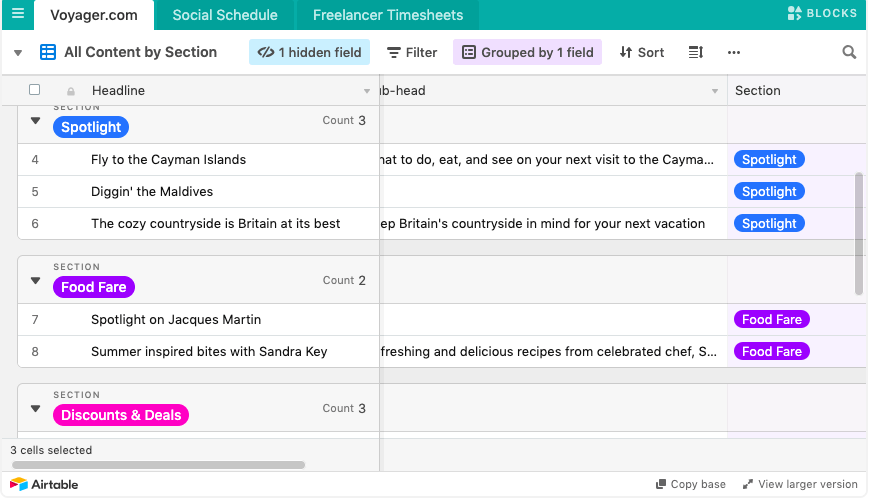
What Is A Content Marketing Strategy?
“A content marketing strategy takes into account the creation and distribution of content across formats to a clearly defined audience and is tied to a purpose such as awareness, engagement or lead generation for the given company.”
So an editorial calendar is part of a content marketing strategy—but a content marketing strategy involves more than an editorial calendar.
In fact, a well-rounded content workflow includes various components beyond just scheduling content.
But why do you need a content marketing strategy?
That’s a good question. To understand why a content marketing strategy is important, let’s look at why content is important in the first place:
And a solid content marketing strategy helps you leverage content effectively—here are three key ways:
-
Ensures that content assets and formats are cohesive
Once you start producing content on a regular basis it’s only natural that you will experiment with formats and content distribution channels. But it can be easy to get lost without direction. A content marketing strategy provides that direction so that all your content is cohesive and on-brand.
-
Provides clarity on the metrics you want to evaluate
A content marketing strategy acts as a bridge connecting your marketing objectives to your business objectives. It helps you align your content to your goals and focus on the right metrics by which to measure your success.
-
Allows you to better allocate resources
It can be difficult to allocate resources to content marketing when you don’t know exactly how those resources will be used. A content marketing strategy makes it easy. In fact, research done by the Content Marketing Institute found that marketers were able to justify spending a higher percentage of the marketing budget on content marketing when they had a documented strategy in place.
Does an editorial calendar do all of the above? Nope.
Now that you get the difference between an editorial calendar and a content marketing strategy, let’s see how you can create a successful content marketing strategy for your B2B business.
How To Create A Successful Content Marketing Strategy For Your B2B Business
Companies that invest in content marketing often see positive results in terms of lead generation, revenue and brand visibility. According to a report published by the Content Marketing Institute, content marketing gets three times more leads than paid search advertising.
But despite some promising early wins, after a while, the results of content marketing tend to plateau for a lot of B2B companies.
So what’s the secret to a B2B content marketing strategy that will continue to generate results in the long term? Here are four crucial components:
#1: Well-Defined Goals & KPIs
Why am I creating this content?
Oftentimes companies begin the content creation journey without a goal in mind. They want to jump on the content marketing bandwagon because that’s what everyone else is doing.
That’s not a good approach. Here’s what you should do before diving in:
- Think through your need for content marketing. How will it grow your product or service?
- What do you wish to achieve with content marketing? Will you use content to educate your customers? Build brand awareness? What’s the purpose?
- What content formats is your current team familiar with? Do they have the expertise and the bandwidth to generate the content you envision?
- Do you have the budget for content marketing?
Asking tough questions, in the beginning, will help you set SMART goals—and achieve them. Use this template to solidify your goals.
#2: Clearly Defined Audience
Who am I creating this content for?
In order to build a successful content marketing strategy, you have to identify your audience. It may sound like a simple step, but it’s the one many businesses miss—plenty of businesses create content for the masses, trying to appeal to as many people as possible.
This approach may have worked in the past, but not anymore. In a survey we recently conducted, 71.4% of respondents said they had made the mistake of targeting too broad an audience—which tells us that most businesses still don’t know their audience well enough and are shooting in the dark with their content marketing efforts.
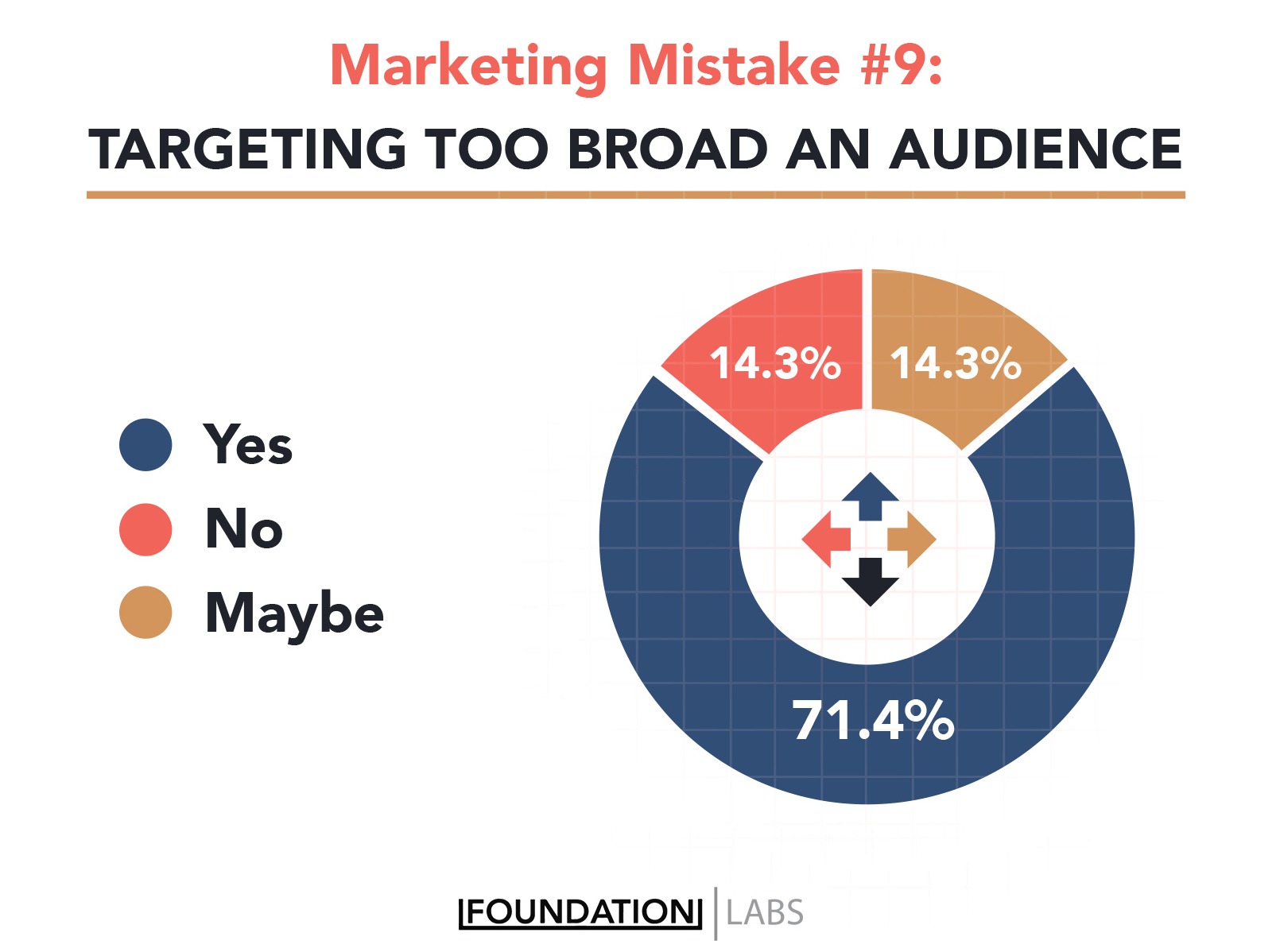
In order to see consistent conversion from your content, you need to identify your audience’s interests, behaviors, wants, needs and preferences.
How? Just follow these simple steps:
-
Plot An Empathy Map
Empathy maps can help businesses understand what their users are thinking and what their challenges are. By plotting an empathy map you’ll be able to see your product from your customer’s perspective and, as a result, create content that really matters to them.
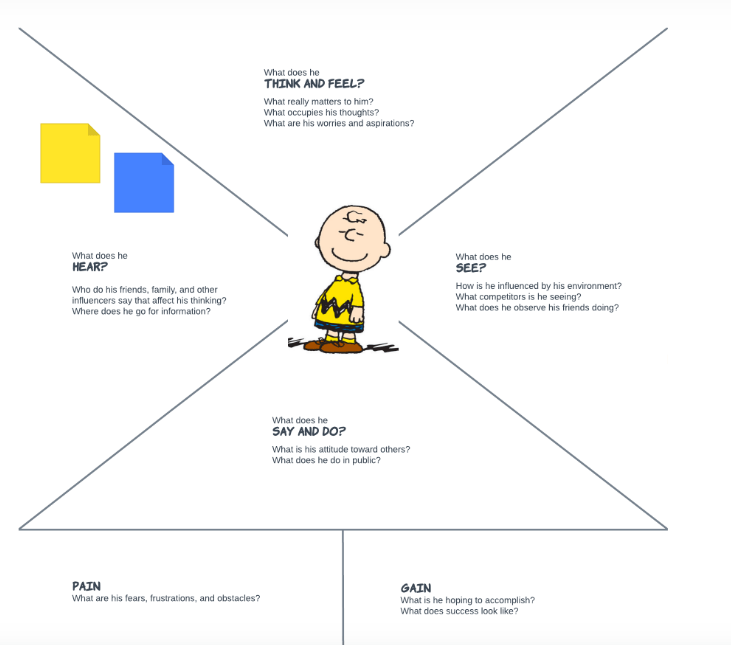
-
Create Audience Personas
Building personas is a winning move in defining your audience. Even though these are fictional characters, they represent the very real people you’re targeting. Fleshing out who they are, where they are, what they like and dislike, and how they buy will help you develop content that will reach them.
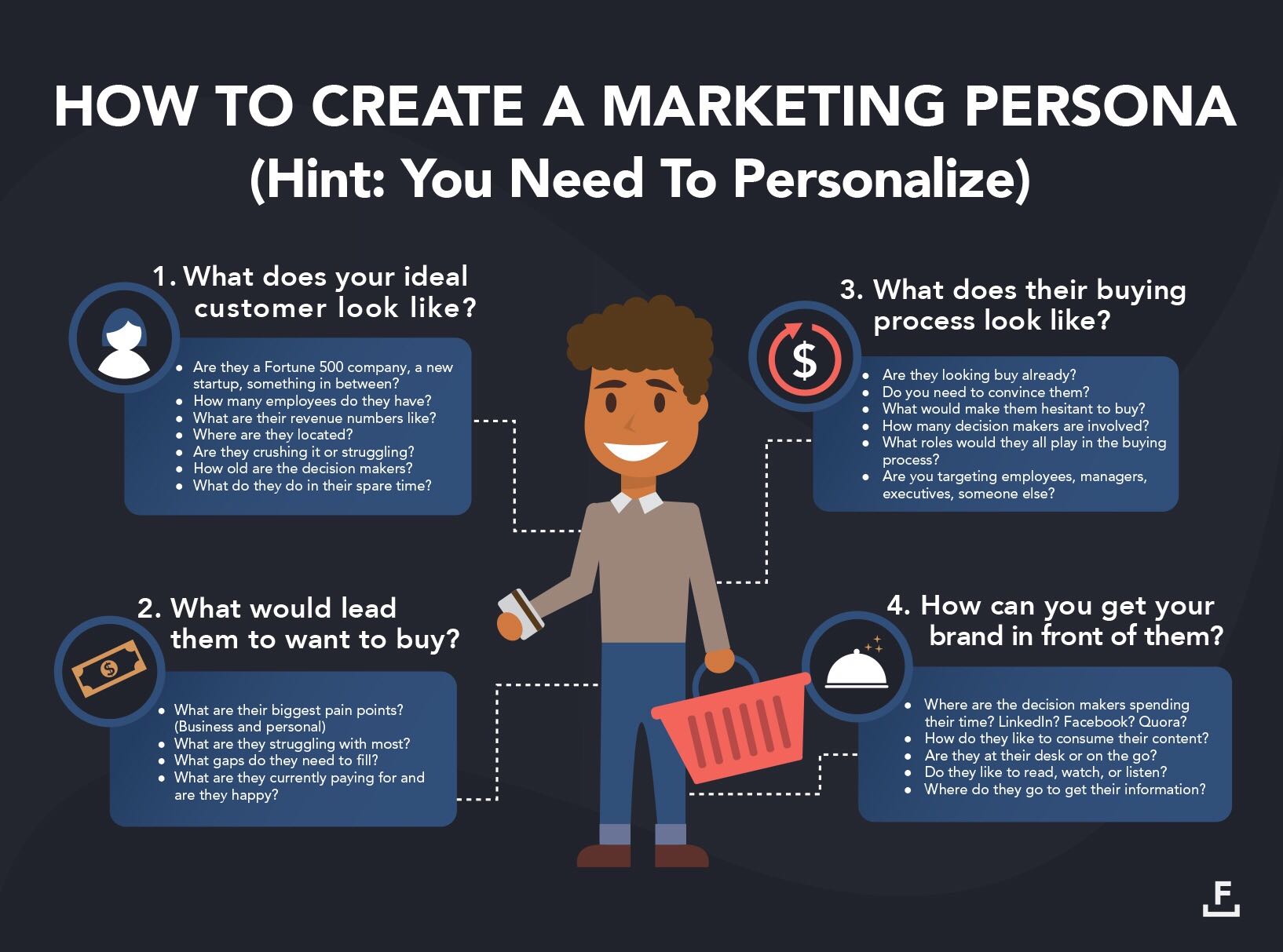
-
Plan For Every Stage In The Buyer’s Journey
Every buyer is different, and your brand has to cater to individuals at different stages in their buyer journeys.
This image from the Content Marketing Institute explains every step of the buying cycle and what kind of content can drive results at each “layer.”
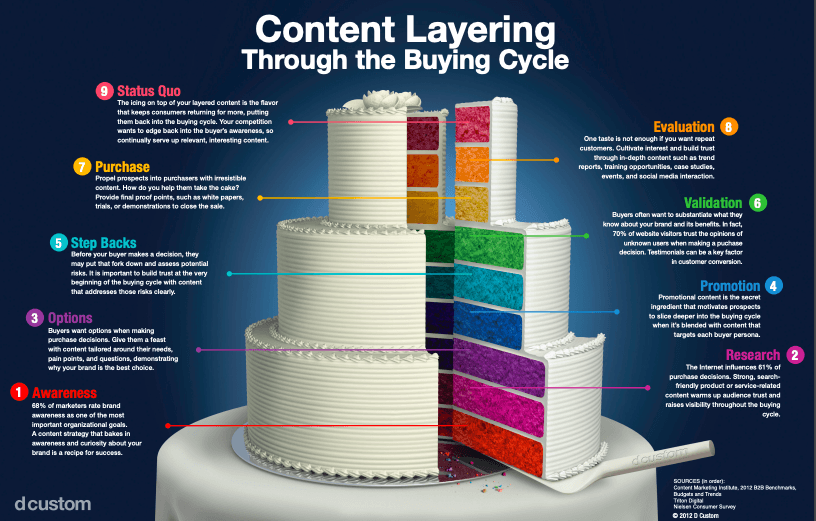
#3: Straightforward Content Creation Process
How am I going to create this content?
Once you have a clear picture of your target audience, it is easier to identify channels and create content that will resonate. Still, it requires a high level of planning and research.
Here are a few things that your company needs to consider:
-
What kind of content will you create?
Podcasts, blog posts, videos, quizzes, case studies—these are all different content types. B2B companies that have been successful using content marketing have one thing in common— these companies have tested various content formats and as a result, know which content type will resonate the best with their customers.
-
What channels will you use to share your content?
Knowing how you want to disseminate your content will help you plan your content distribution, create content tailored to each channel, and gauge which channel nets you the most engagement.
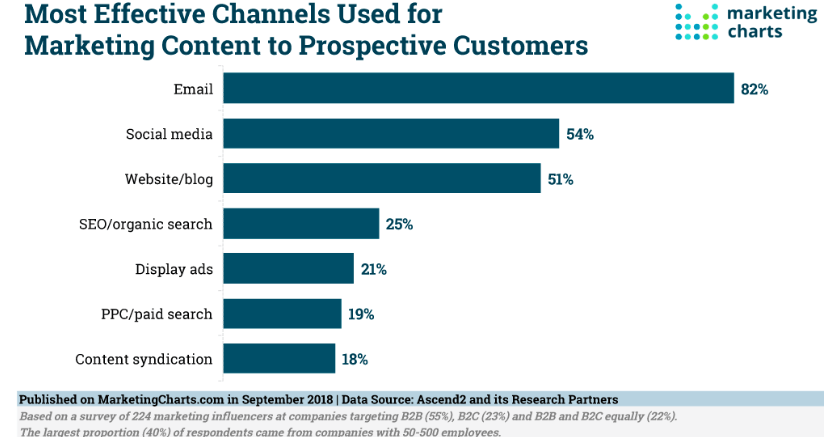
-
How will you create this content?
Creating content isn’t easy. It requires extensive planning and skills your current team may not have. You can choose to outsource content creation to an agency that specializes in creating content for B2B clients or do it internally if you have the resources.
#4: Steps To Regularly Measure Success
Was it worth it?
Your content marketing strategy is successful when you can answer that question in the affirmative. But how will you know? Well-defined goals won’t get you far if you don’t have a way to assess your performance against those goals. A deep dive into your analytics can help you see whether your content served its purpose and what can be improved on.
Wrapping It Up
It’s clear: An editorial calendar and a content marketing strategy are two different things. As content marketers, it’s time that we realized that while an editorial calendar is indispensable for most teams, it can’t replace a well thought-out content marketing strategy.
Understanding the purpose of each will help you move in the right direction and create content that drives results for your B2B business.
Does your business depend solely on an editorial calendar or do you have a content marketing strategy fully mapped out? Tell us how it’s working for you in the comments below.








